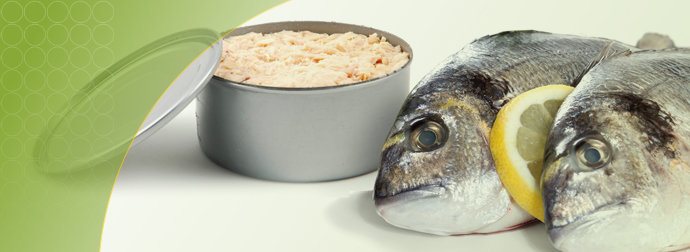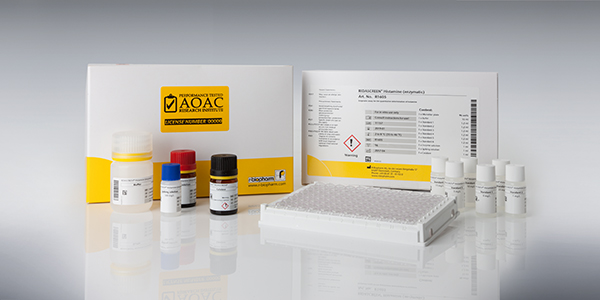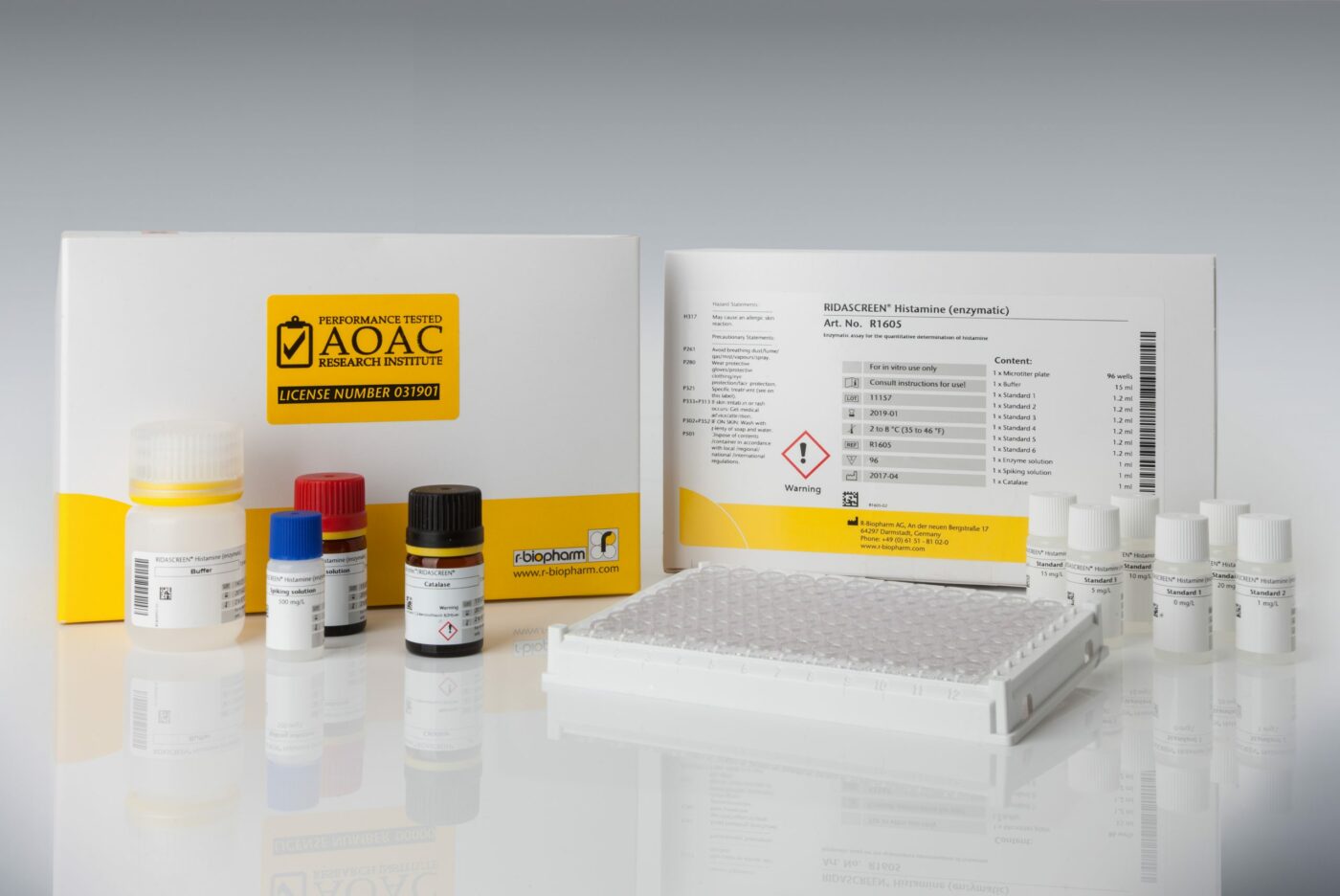
Recent news in Food & Feed Analysis
- Home
- /
- Histamine in fish: a...
Histamine in fish: a risk to human health?

Improper storage of fish may result in the formation of high histamine concentrations. Here’s why this can become a problem – and how to safely monitor the histamine level.
Histamine is a biogenic amine which is formed from the amino acid histidine and is naturally present in many foods, in particular in fish and meat as well as in eggs, cheese, wine, beer, vinegar, pickled vegetables or tofu. These foods are problematic for persons with histamine intolerance (HIT) which affects about 1 % percent of the population. Affected persons cannot properly degrade histamine and as result, doses of only 20-30 mg/kg can lead to gastrointestinal disorders, nausea, headaches, circulatory problems, fever, shortness of breath, rashes or itching. As affected persons must reduce the intake of histamine, there is a demand for low-histamine foods. Special foods for the low-histamine diet, produced using specific manufacturing methods to prevent histamine formation, are available from some manufacturers.
In fish products, histamine levels are of particular importance as its concentration increases while spoilage progresses, making it a good indicator for insufficient cooling or poor hygiene. Fresh high quality fish usually contains less than 10 mg/kg histamine, while the concentration can rise to over 1,000 mg/kg in older fish. Poisoning symptoms, known as scombroid fish poisoning, may already appear when fish with a histamine level of 400 mg/kg is consumed. There are reports about histamine poisoning in connection with the consumption of mackerel and tuna, among others. In general, more histamine is formed in fish with darker meat, such as mackerel, anchovy, herring or tuna, than in white fish (see a detailed list here). Moreover, fish from aquaculture is more affected than wild-caught fish. In order to protect consumers, several countries have set limit values for histamine in fish products.
Monitoring the histamine level in fish
Checking the histamine level of fish products is essential for consumer safety. The first step is to buy the goods as fresh as possible. After that, the risk of histamine formation can be reduced by adhering strictly to hygienic measures, in particular by maintaining a consistent cold chain. The last step to control the histamine level is food analysis which can be performed using various methods, with enzymatic methods (for example RIDASCREEN® Histamine enzymatic) being particularly quick and easy to perform.
RIDASCREEN® Histamine (enzymatic)
This enzymatic test in microtiter plate format is suitable for the quantitative determination of histamine in fresh fish, canned fish, fish meal, wine and cheese. The test kit has been certified by AOAC-RI as Performance Tested MethodSM in March 2019 (Certificate No. 031901).

